
Many battles fought on American soil affected not just military outcomes but economic systems, land control, and cultural narratives. While some battles gained fame, others faded into obscurity despite their profound influence. These 20 lesser-known clashes offer insight into the forces that shaped the U.S.
Battle Of Medina (1813)

The Battle of Medina was the deadliest battle in Texas history, wiping out Republican forces attempting to free the region from Spanish rule. Outnumbered and overwhelmed, the rebels fought fiercely but were crushed in a brutal counterattack. Lost to time, the battlefield remained undiscovered for nearly two centuries.
Battle Of Point Pleasant (1774)
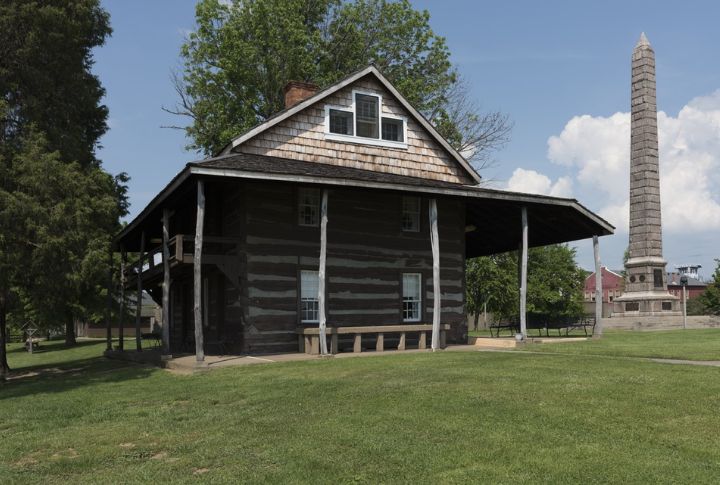
Often called the first battle of the American Revolution, this clash between Virginia militia and Shawnee warriors reshaped frontier defenses. The fierce hand-to-hand combat near the Ohio River left lasting scars on both sides. A tragic twist followed: Shawnee leader Chief Cornstalk was later murdered, fueling legends of his lingering curse.
Battle Of Bloody Run (1763)

During Pontiac’s War, Native American warriors ambushed British troops near Detroit in a devastating attack. The British suffered heavy losses, retreating in disarray. The aftermath was so gruesome that the nearby creek reportedly ran red for days, which gave the battle its name.
Battle Of Wyoming (1778)
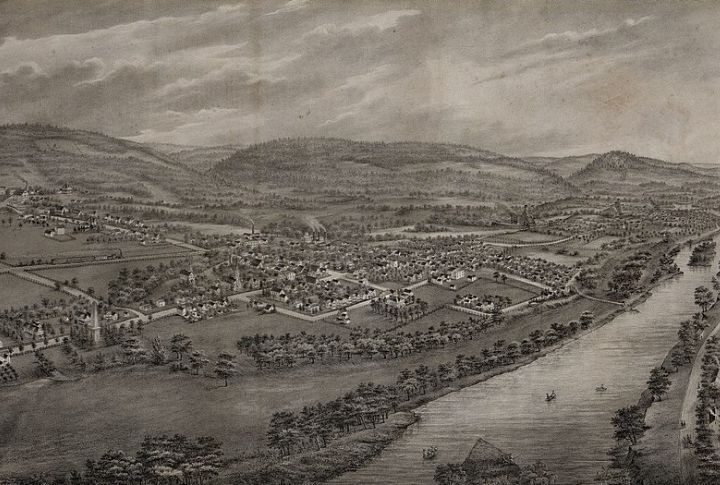
This massacre saw British loyalists and Iroquois warriors overwhelm American militia in Pennsylvania, leaving hundreds dead. Those who fled into the wilderness vanished, never to be seen again. Later on, the horror of Wyoming fueled deep anti-British sentiment across the region.
Battle Of Mackinac Island (1814)
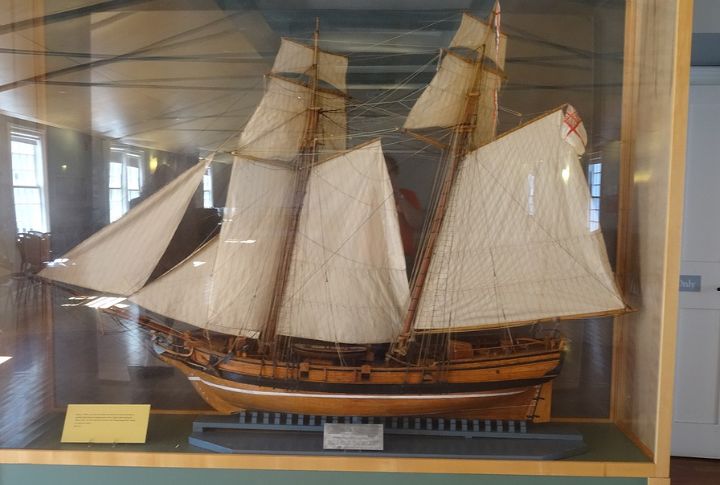
An American attempt to reclaim Mackinac Island from the British ended in brutal failure. The British had seized the island in 1812, recognizing its value in controlling regional trade and military movements. In 1814, American forces landed but were met with a strategic ambush by British troops and their Native American allies.
Battle Of La Florida (1812)
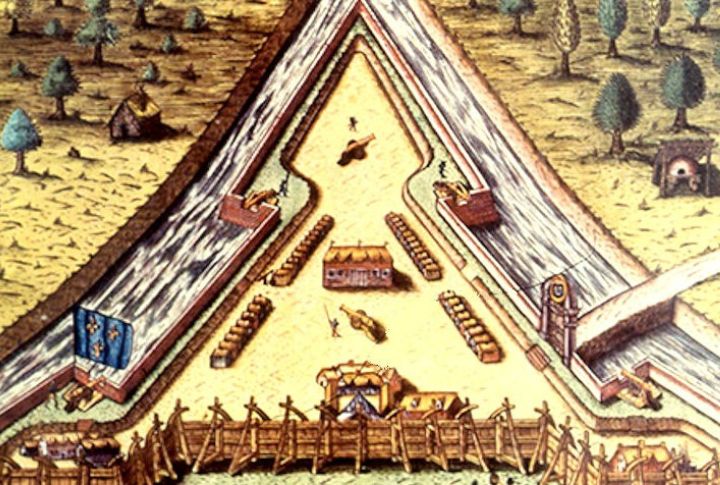
A little-known skirmish, this battle saw American forces trying to seize Spanish Florida, an unofficial grab for new territory. Though the effort failed, it hinted at America’s growing ambition to expand. Later, Florida would become a U.S. possession, but not through battle. It was a conquest signed into history with diplomacy.
Battle Of Fort Dearborn (1812)
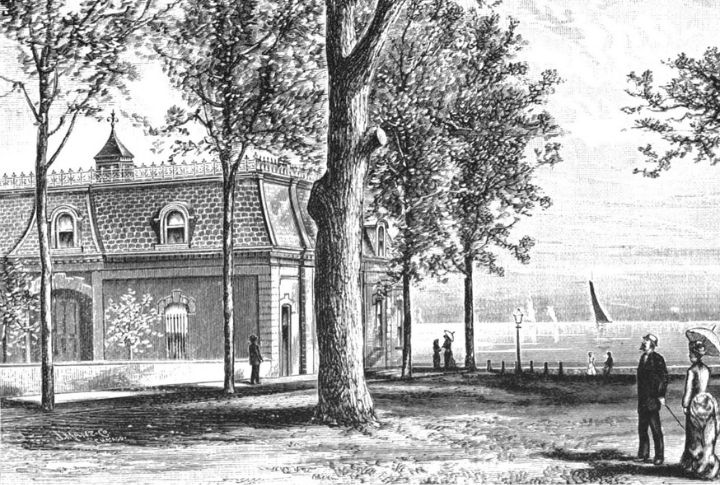
As American troops evacuated Fort Dearborn, Potawatomi warriors ambushed them, killing most soldiers and civilians. The bloodshed turned present-day Chicago into a battleground long before it became a city. Today, skyscrapers tower over the hidden past—few realize they tread the remnants of a lost fight.
Battle Of Sugar Point (1898)
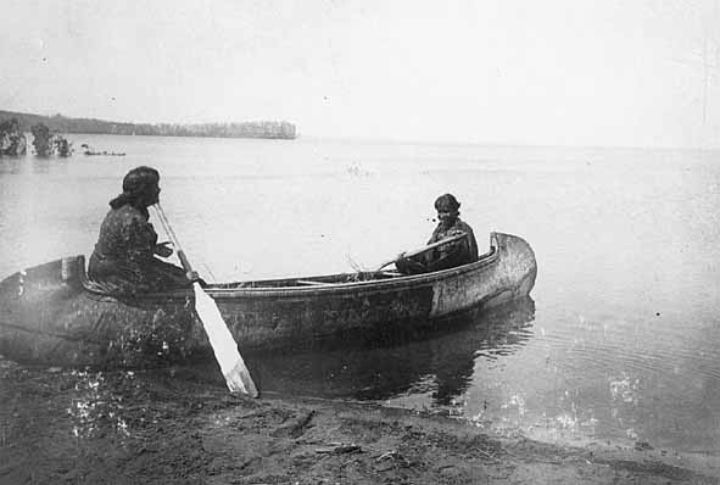
The last battle between Native Americans and U.S. forces erupted when the Ojibwe resisted federal control in Minnesota. Despite their superior firepower, U.S. troops were forced to retreat. It was a rare moment where Indigenous fighters held their ground, an overlooked victory in a history often written by the victors.
Battle Of Jumonville Glen (1754)
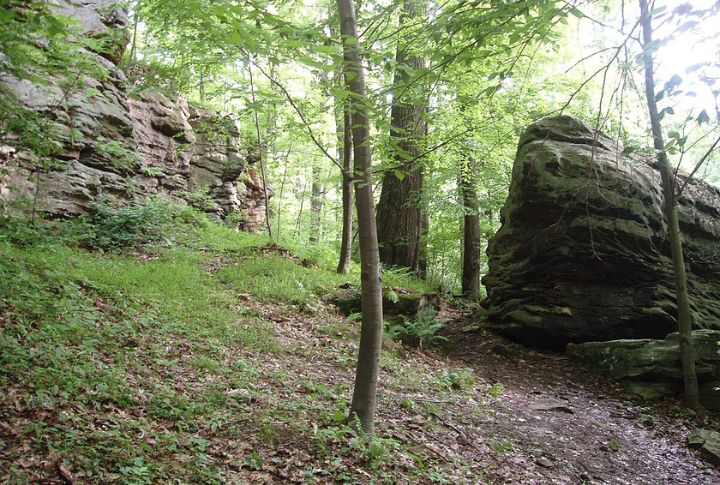
As tensions between Britain and France escalated, George Washington launched a surprise attack that ignited the French and Indian War. What began as a brief skirmish soon turned into an international conflict. This encounter set the stage for his future military career and shaped the strategies he would later refine.
Battle Of San Pasqual (1846)
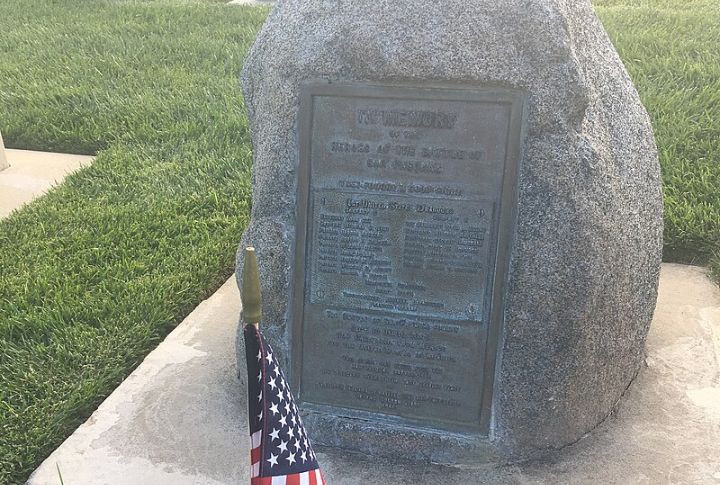
In the midst of the Mexican-American War, Californio lancers fiercely clashed with U.S. troops, catching them off guard. Each side believed they had secured victory, only to reassess once the smoke cleared. The battle remains a compelling example of how battlefield perception can be just as influential as the fight itself.
Battle Of Fort Necessity (1754)
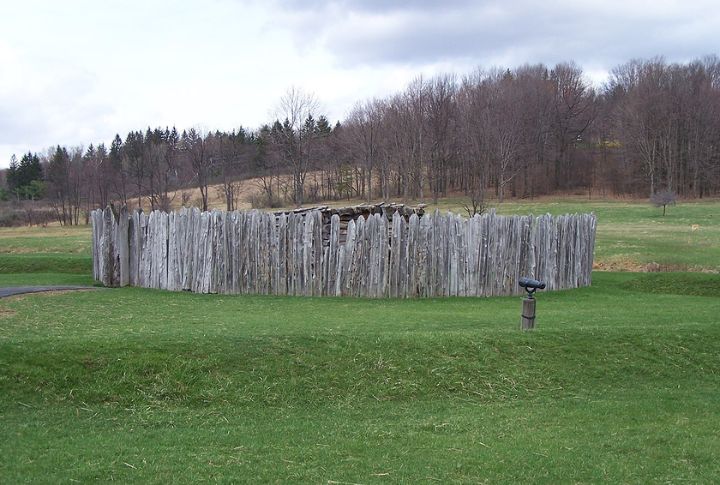
Following the unexpected events at Jumonville Glen, Washington found himself entrenched in a precarious position. His hastily constructed fort became vulnerable when relentless rain turned the ground into a muddy quagmire. A lesson Washington learned was the need for strategic preparation in order to prevent defeat like this.
Battle Of Horseshoe Bend (1814)
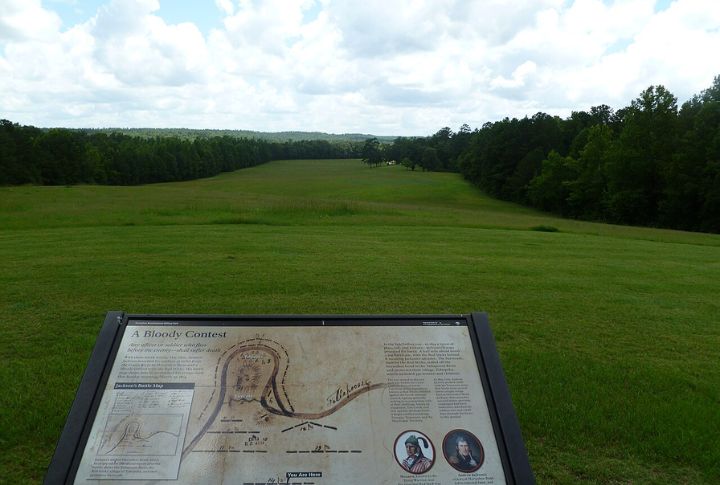
By the time the battle began, Andrew Jackson had already demonstrated his tactical prowess. His decisive victory against the Creek Nation not only secured U.S. control of Alabama but also cemented his reputation as a formidable leader. The repercussions of this encounter rippled far beyond the battlefield, eventually influencing Jackson’s path to the presidency.
Battle Of Palo Alto (1846)

Cannon fire ripped through advancing ranks and left Mexican cavalry unable to hold their position. The early battle showcased U.S. artillery dominance in brutal fashion. What began as a single confrontation soon expanded into a sweeping campaign that redrew the territorial lines of North America.
Battle Of Fort Mims (1813)

With tensions mounting between settlers and Creek warriors, Fort Mims stood as a fragile defense against impending attack. When the assault finally came, the fort’s lack of preparation led to tragic consequences, leaving hundreds dead in a devastating massacre. The loss intensified the region’s conflicts.
Battle Of Kettle Creek (1779)
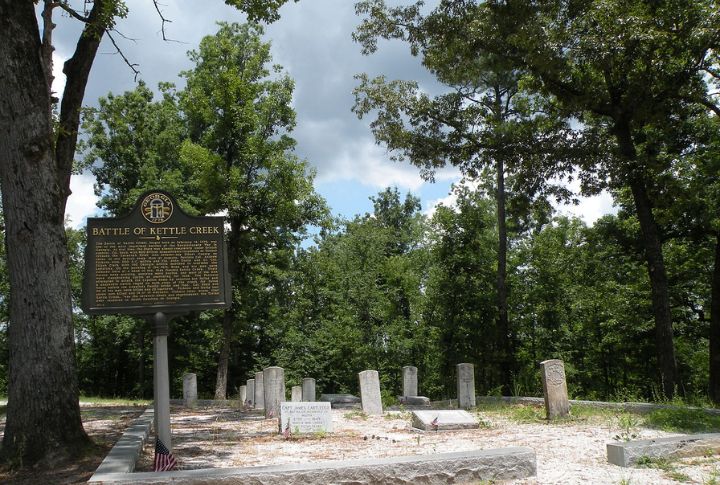
Amidst the Revolutionary War’s shifting tides, Patriot forces executed a surprise attack that disrupted British control in Georgia. The sudden maneuver threw Loyalist forces into disarray, forcing them into a chaotic retreat. Though often overshadowed by larger battles, Kettle Creek demonstrated the power of well-planned surprise tactics in shaping the battle outcome.
Battle Of St. Louis (1780)
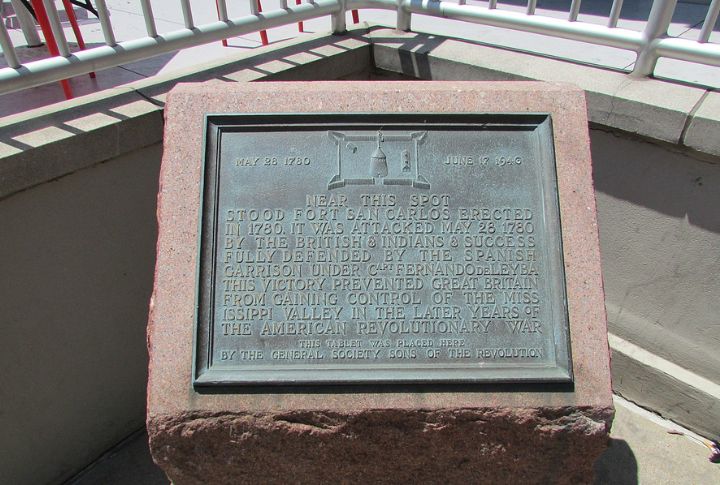
While most Revolutionary War battles unfolded in the East, St. Louis became an unexpected battleground far beyond the Mississippi. With British-backed forces attempting to seize the settlement, Spanish and American defenders united to resist the assault. This unlikely alliance reinforced the notion that freedom required strategic cooperation.
Battle Of Rosebud (1876)
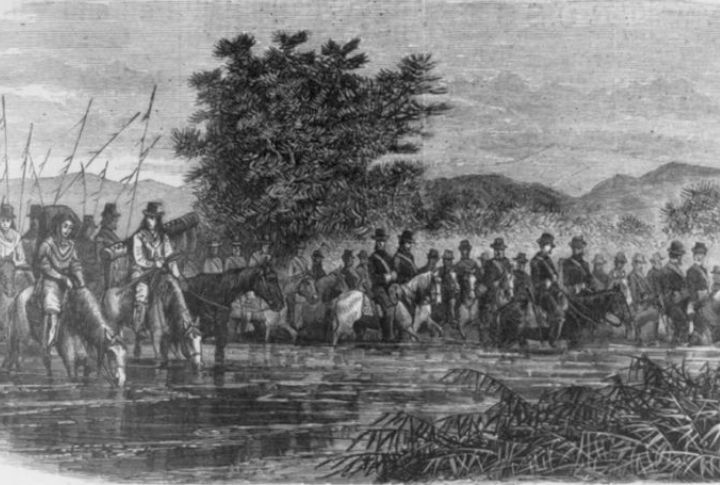
This clash shows the fierce strategy of the Indigenous resistance. As the Lakota and Cheyenne forces braced for battle, the U.S. army under General Crook marched into an ambush. Unlike previous encounters, Native warriors fought with coordinated precision and halted Crook’s advance before he could join Custer at Little Bighorn.
Battle Of Blue Licks (1782)
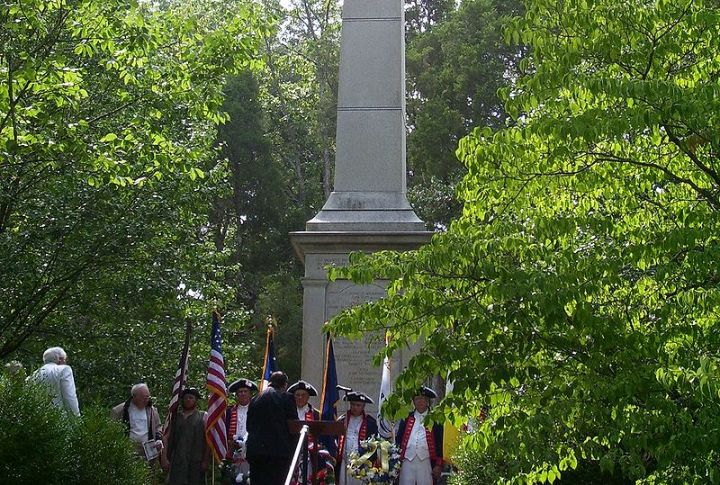
Just when the Patriots thought victory was secured in the Revolutionary War, British and Native forces struck in a devastating ambush. Kentucky militia, believing they had the upper hand, rushed forward only to be overwhelmed by superior positioning. The battle resulted in a lot of Patriot casualties, marking one of their worst frontier defeats.
Battle Of Fallen Timbers (1794)
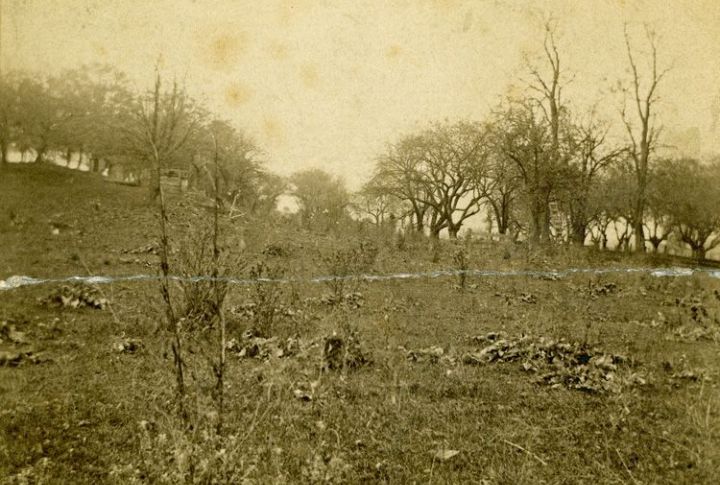
American forces engaged Native warriors in a battle that would determine control of the Northwest Territory. A storm had recently torn through the area and left fallen trees scattered across the battlefield, creating chaotic terrain. When the dust settled, U.S. troops emerged victorious, which signaled the end of major Native resistance in the region.
Battle Of Pea Ridge (1862)
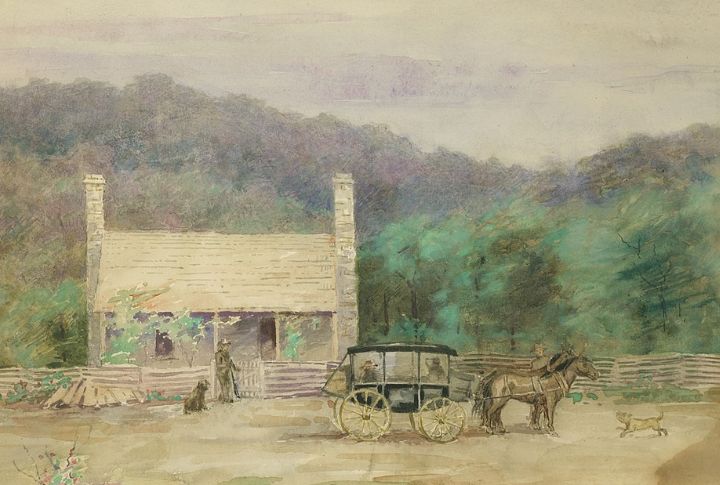
As Confederate forces attempted to seize control of Missouri, Union troops launched an unexpected counteroffensive. The Union held its ground and secured a critical victory that helped shape the course of the Civil War. Adding to its intrigue, Native American warriors fought on both sides and made Pea Ridge one of the war’s most complex engagements.

